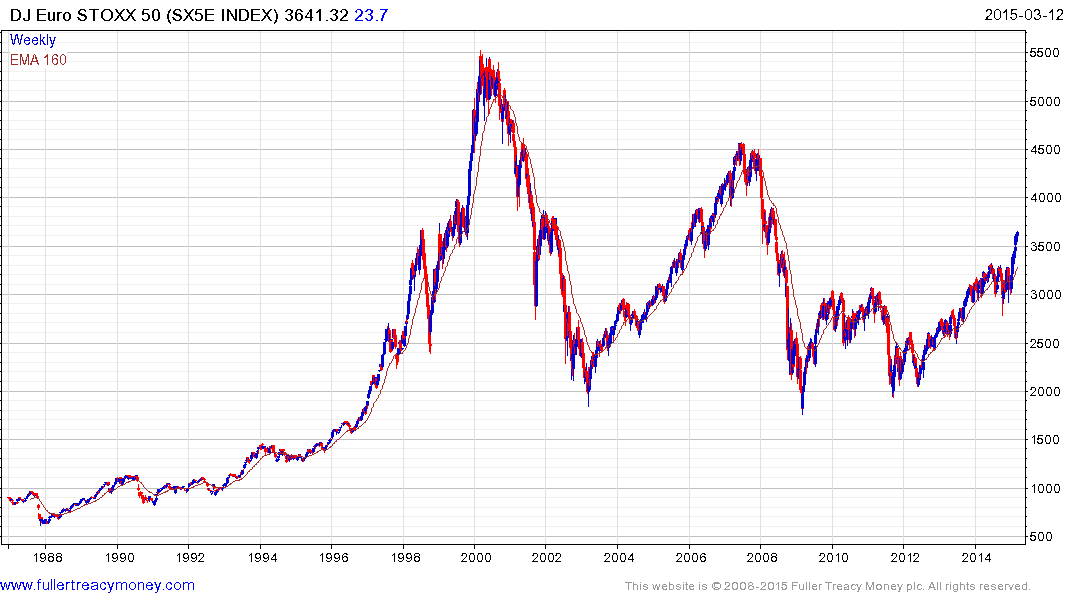Blockheads
Thanks to a subscriber for this set of slides issued by Jeff Gundlach’s DoubleLine Fund focusing on the fixed income market dated March 10th. There are some great slides in this stack and it is well worth taking the time look through.
Here is a link to the full report.
I found the comparison on page 18 between how the Fed and ECB calculate CPI to be particularly interesting. This report from the St.Louis Fed explains the differences in calculation:
This theory, appropriately elaborated, forms the framework for the design of the consumer price index (CPI) in the United States. However, the theory of the cost-of-living index is not the theoretical framework for the harmonized index of consumer prices (HICP) that is used to assess inflation developments in the euro area: At the time of this writing, there is no fully articulated theoretical framework for the HICP, although there is a relatively well-defined price concept, namely, “final household monetary consumption.” By eschewing the use of the cost-of living concept, Eurostat (the statistical office of the European Community) can legitimately motivate the exclusion of certain categories of prices from the HICP. The category that has attracted the most attention by its omission is the cost of owner occupied housing. In the U.S. CPI, for example, the cost of owner-occupied housing is measured on a rental equivalent basis, which is appropriate given the cost-of-living concept that underlies the U.S. CPI. That is, what is priced each month is not the cost of purchasing a home for owner occupancy, but rather the cost of the flow of services consumed each month, which can be proxied by the rental rates on similar housing unites (see U.S. Department of Labor, Bureau of Labor Statistics, 1997). Since the rental equivalence cost of consuming housing services each month is not part of household monetary consumption, it is not priced as part of the HICP. However, the net acquisition costs of new dwellings are arguably part of such consumption, and Eurostat is at present investigating ways of including such costs in the HICP (see Commission of the European Communities, 1998).
The net result of the difference between the Fed and ECB’s calculation of inflation is that the ECB overstates deflation relative to the Fed. This is an important point as the ECB embarks on a massive QE program and suggests that economic activity needs to improve that bit more in order to move the needle by the ECB’s measurement.
The slides overlaying the hourly earnings growth with the Fed Funds Rate on page 15 is also particularly interesting and suggests wage growth will be the primary arbiter for when the Fed does in fact raise rates.

The slide of page 10 of the number of European companies that yield more than their respective corporate bonds is also worthy of consideration. The ECB’s QE program is setting off a hunt for yield among European investors that is of direct benefit to equities. The German Bund yields 0.2%, many shorter dated bonds are at negative yields, AA corporates yield 0.85% but the Euro Stoxx 50 yields 3.21%. If investors wish to avoid buying the riskiest credits, high quality equities represent an attractive proposition and helps to explain both the recent performance of European equity markets and the potential for additional medium-term upside.
Back to top


